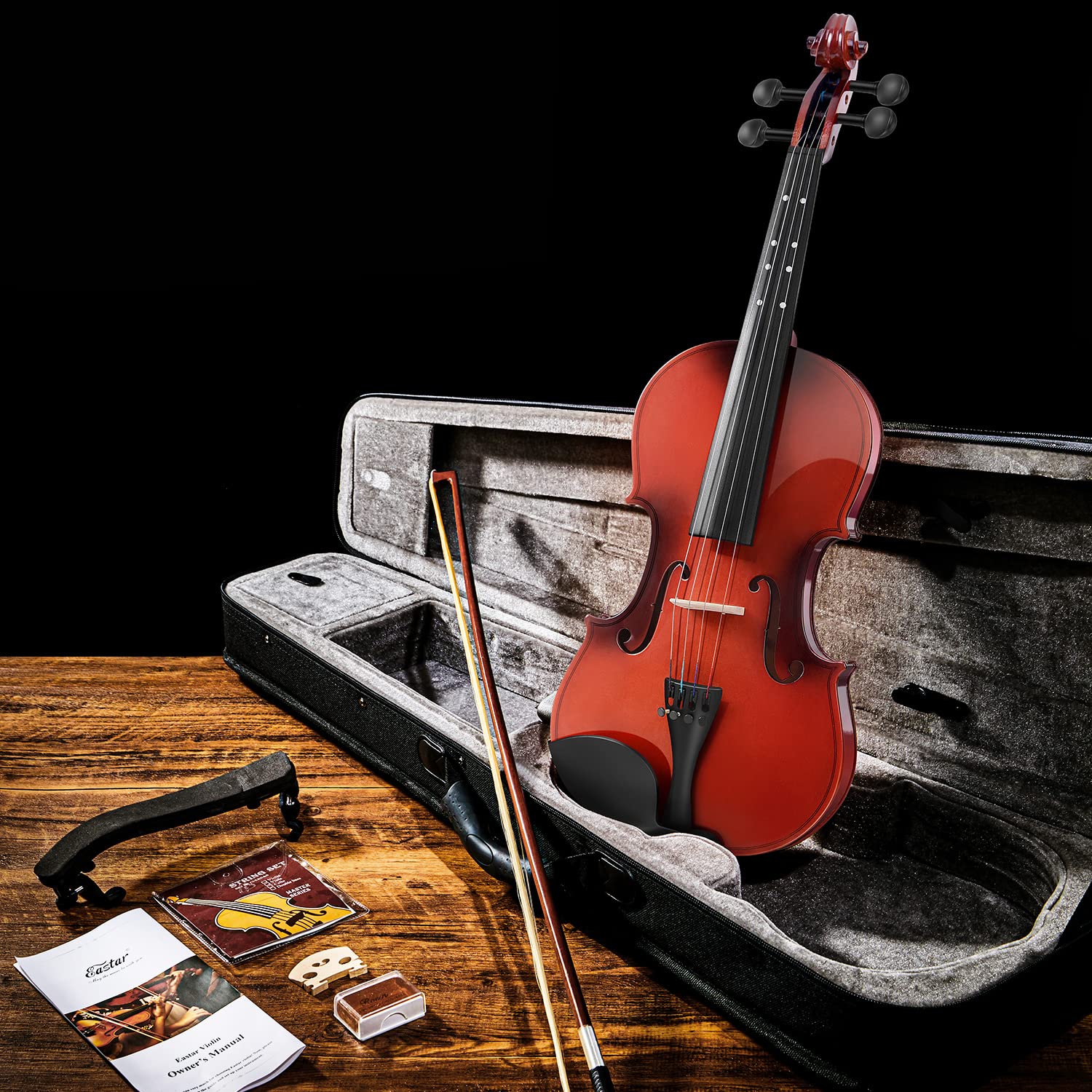The violin is one of the world’s most beloved instruments, as well as one that can be utilized across genres.
A violin’s body consists of several components, such as its spruce top, maple ribs and back, two endblocks, two bridges, soundposts and tailpieces, plus its four strings and bow.
Classical
The violin is an indispensable element of many genres of folk fusion music, from classical and jazz to bluegrass. Soloists or ensemble players alike can utilize its capabilities, while beginner violinists may learn it quickly as part of an ensemble setting.
Classical violins come in various sizes. A full-size violin (or 4/4) measures 356 mm while 3/4 measures 335 mm. Finally, half-sized instruments or halfs measure 315 mm.
Violins feature five or six strings, which can be plucked to create different tonalities when bowing; bowing against an open string creates drone, while playing against a stopped note produces sounds more similar to bagpipes.
Folk musicians have long used violins as an indispensable musical instrument. Folk bowers typically employ more aggressive bowing techniques than classical violinists and often utilize steel core strings instead of synthetic ones on these instruments.
Jazz
The violin is an extremely versatile instrument, used across multiple genres of music – including folk fusion which incorporates elements from other genres into its soundscape.
Violinists have long utilized fusion genres as an opportunity to expand their musical knowledge and improve performance as musicians. Today, many specialists in playing this style of music specialize in it – it can also serve as an excellent way to broaden musical horizons and boost overall musicianship!
Violins have long been an integral part of jazz, pioneering musicians like Stephane Grappelli and Joe Venuti being major proponents. They were influential figures who helped to establish its place within jazz as well as today.
Violinists have long explored other world music traditions, such as jazz and gypsy jazz. Both offer unique scales, rhythms, ornamentations to apply to their violin playing that create exciting and captivating musical compositions. If interested in exploring one or both genres further they should contact an expert musician who specializes in that style of music for lessons.
Pop
Pop songs don’t require technical precision like classical music; their emphasis lies more on emotion. As such, they make ideal choices for beginners who wish to start learning music.
A violin adds a special charm to songs, making them more appealing. Leonard Cohen’s Closing Time features an exquisite violin solo which works particularly well.
Katy Perry’s Teenage Dream album contains another violin-driven tune called Firework that marries its power to pop music – this catchy number has been stuck in people’s heads ever since it debuted, and violin really brings it all to life!
For centuries, violin has been an indispensable instrument in popular music. Notably used by rock and blues musicians alike as well as being employed for many different styles throughout its long history, violin remains one of the most beloved musical instruments today.
Folk
The violin is an extremely flexible instrument, often seen across several musical genres such as folk fusion music, jazz fusion, pop and rock.
As is true with most other classical musical instruments, the violin evolved from cruder forms used for folk music before experiencing rapid development primarily in Italy to become one of the cornerstones of art music.
As a result, its use has spread far and wide, often replacing older violins instruments. Ethnomusicologists have recorded its use throughout Europe, Asia, and North America.

